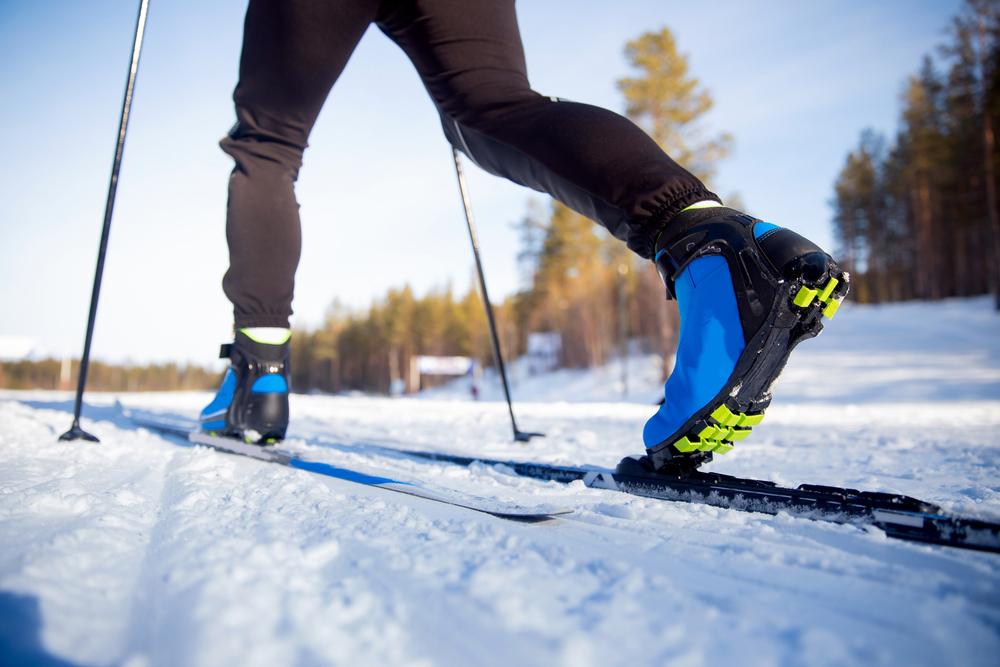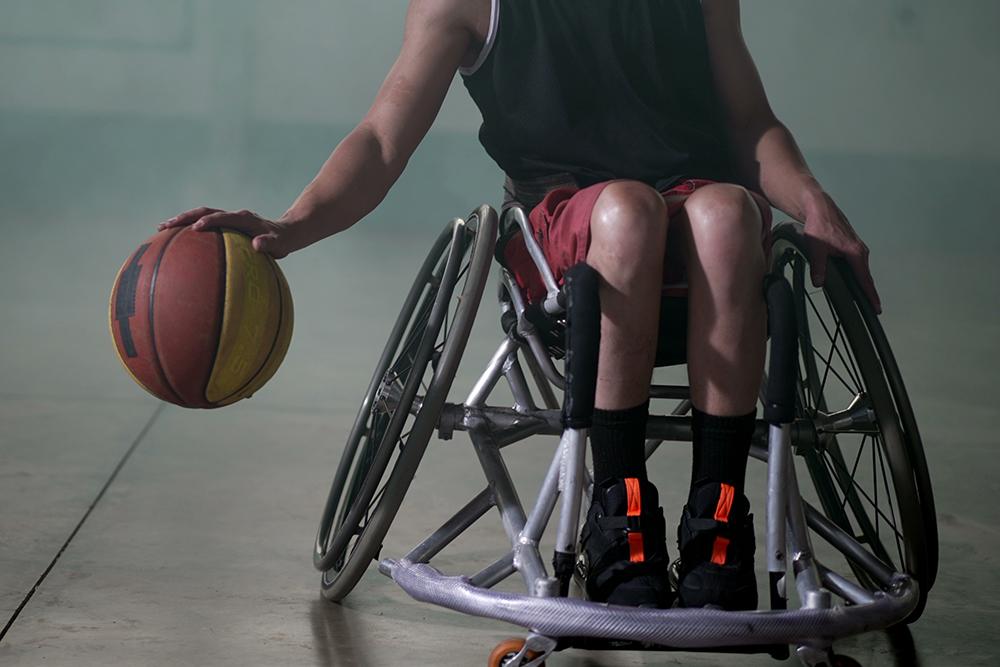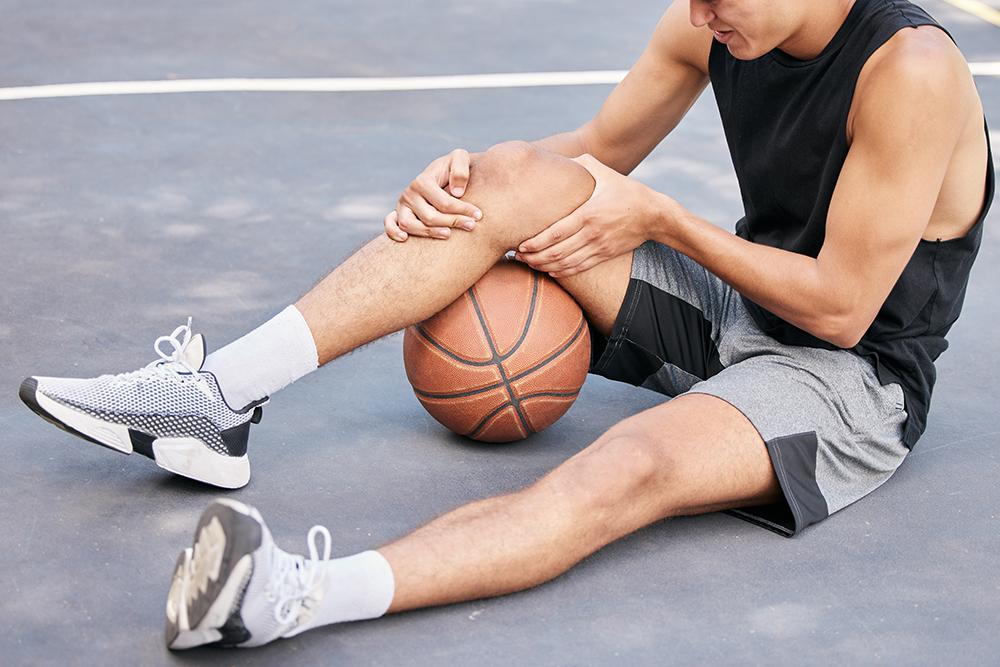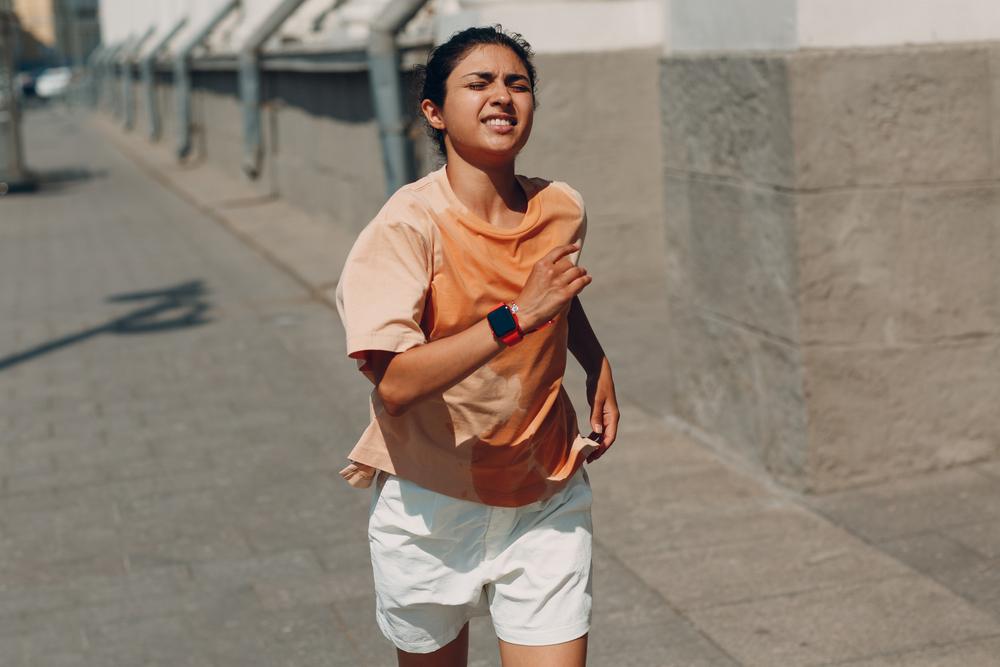 If you’ve ever wandered around in a sporting goods store or pharmacy, you’ve likely noticed an aisle largely dedicated to different wraps, braces, bandages, and tape designed to help an athlete recover from an injury or ease pain. But not all braces are created equal, and not every injury requires a brace. There are certainly times and situations where braces can get your athlete safely back onto the field while recovering properly and reducing risk of re-injury, but the brace must be used correctly.
If you’ve ever wandered around in a sporting goods store or pharmacy, you’ve likely noticed an aisle largely dedicated to different wraps, braces, bandages, and tape designed to help an athlete recover from an injury or ease pain. But not all braces are created equal, and not every injury requires a brace. There are certainly times and situations where braces can get your athlete safely back onto the field while recovering properly and reducing risk of re-injury, but the brace must be used correctly.
Here, Michele LaBotz, TrueSport Expert and sports medicine physician, explains why an athlete may need an ankle or knee brace, and what you need to know to ensure that your athlete is on the right road to recovery.
Braces aren’t a cure-all
“There are times when using braces can be helpful for athletes and there are times when they can create additional problems,” says LaBotz. “Putting a brace on a joint that is sore or injured without the guidance of either the athletic trainer or a healthcare professional is not the best way to go. Braces are not substitutes for other things like a medical assessment or physical therapy recommendations. If all you do is put a brace on your athlete, and you don’t address the underlying issue, that brace actually gives the athlete a false sense of protection and could cause further injury. You’re also not getting to the heart of the matter because you’re not providing the opportunity for an athlete to fully rehabilitate and fully recover from an injury.”
Bottom line: If you suspect your athlete might need a brace, check with their athletic trainer or a medical professional. Further evaluation may be needed to rule out more serious problems that require additional treatment.
Finding the right brace
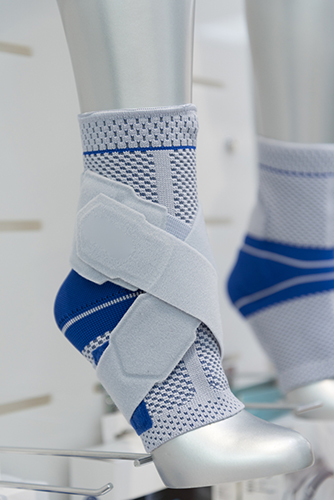 Going back to that aisle in a sporting goods store, there are thousands of braces on the market today, and they’re not all created equal. Choosing one at random will likely not benefit your athlete, and again, may cause more harm than good, so make sure you try before you buy. “It can be exceedingly difficult to find a brace that fits smaller, younger athletes,” says LaBotz. “The best brace is the one that fits you well, and makes you feel like you can move better and more comfortably when you try it on.” She recommends trying on braces with the athletic shoes (or cleats) you’ll be wearing while using the brace, since you want the brace to work seamlessly with that footwear. Some physical therapists and doctors may stock braces, and while many won’t have a wide range available, it’s still worth asking for their recommendations. (And check with your health insurance: Braces can be pricey, but some health insurance policies will cover them.)
Going back to that aisle in a sporting goods store, there are thousands of braces on the market today, and they’re not all created equal. Choosing one at random will likely not benefit your athlete, and again, may cause more harm than good, so make sure you try before you buy. “It can be exceedingly difficult to find a brace that fits smaller, younger athletes,” says LaBotz. “The best brace is the one that fits you well, and makes you feel like you can move better and more comfortably when you try it on.” She recommends trying on braces with the athletic shoes (or cleats) you’ll be wearing while using the brace, since you want the brace to work seamlessly with that footwear. Some physical therapists and doctors may stock braces, and while many won’t have a wide range available, it’s still worth asking for their recommendations. (And check with your health insurance: Braces can be pricey, but some health insurance policies will cover them.)
When are ankle braces helpful?
“Ankle braces do appear to be effective in reducing the risk of recurrent ankle injury,” says LaBotz. “If someone had an initial injury, then during the recovery period, a brace reduces the risk of subsequent injury. There has also been some research showing that an ankle brace may reduce the chance of initial ankle sprains. However, the downside of an ankle brace is that people who wear ankle braces for prevention may be at higher risk for sustaining a knee injury. The ankle brace may impair your mobility and some of your neuromuscular control in such a way that it puts you at risk for injury elsewhere.”
Most people won’t wear an ankle brace pre-injury: The primary role of the ankle brace is after one injury in order to prevent a second injury. “The risks for recurrent ankle sprains during that recovery phase is fairly high,” says LaBotz. “While you’re healing, your job is not to injure the ankle again, and until your strength and balance are fully recovered, this brace is going to help you stay stable.” During this time, she recommends wearing the brace anytime you’re on uneven terrain (like a hike or playing your sport, but you don’t need to wear it all day).
Do ankle braces weaken ankles?
If all you do is wear a brace to recover from a sprain, you may notice that your balance and strength decreases in that foot and ankle. But if you use the ankle brace in conjunction with physical therapy or rehabilitation exercises designed to rebuild strength, balance, and healthy movement patterns, you’re fine. “The brace is not going to cause weakness as long as it’s just one part of the bigger process,” says LaBotz. “But if wearing the brace is all you do, then you’re setting yourself up for bigger problems down the road.”
When should ankle braces come off?
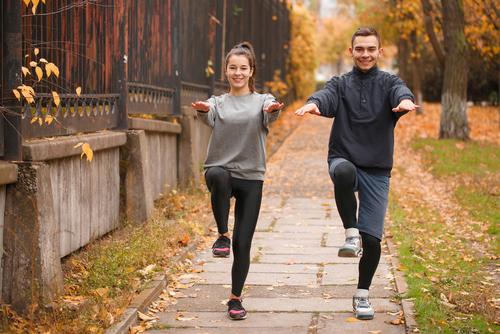 “It takes a while for an ankle sprain to fully rehabilitate. Even when the ankle feels good, it doesn’t mean you’re all the way back: The strength and balance must be back too,” says LaBotz. “A good way to test the balance is to stand on the good leg first, find your balance, and close your eyes. Then, switch so you’re standing on the injured leg and repeat the process. Often, there are big differences between the two legs as an athlete recovers. Wear the brace until the balance and the strength is the same on both sides.” And if the athlete is in a higher-risk sport like basketball or soccer, LaBotz has them continue to wear the brace for the full season.
“It takes a while for an ankle sprain to fully rehabilitate. Even when the ankle feels good, it doesn’t mean you’re all the way back: The strength and balance must be back too,” says LaBotz. “A good way to test the balance is to stand on the good leg first, find your balance, and close your eyes. Then, switch so you’re standing on the injured leg and repeat the process. Often, there are big differences between the two legs as an athlete recovers. Wear the brace until the balance and the strength is the same on both sides.” And if the athlete is in a higher-risk sport like basketball or soccer, LaBotz has them continue to wear the brace for the full season.
When are knee braces helpful?
First of all, unlike ankle braces, knee braces aren’t going to prevent injury and shouldn’t be worn as preventative devices, says LaBotz. But they can be useful in helping an athlete return to sport from an injury or deal with soreness. “The most common injury in sport is an injury to the medial collateral ligament, or the MCL,” says LaBotz. “For MCL injuries, a brace that has hinges and bonafide support—not just a pull-on knee sleeve—is very helpful for the rehabilitation and recovery process. Those hinge braces provide relief from pain by helping to support the ligament.”
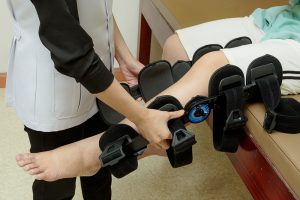 There are other uses for knee braces as well. “With a small injury to the meniscus, a brace can help take the strain off it. And we also sometimes use braces for patellofemoral syndrome—recurring knee pain over the front of the knee—but similar to the ankle brace, this is not the only mode of treatment,” says LaBotz. “It can be complementary to the treatment that you’re already doing, and can provide symptomatic relief that will let an athlete get back into their sport while they’re doing the rest of the rehabilitation.” (Many people will use kinesiology tape instead of a brace for this purpose.)
There are other uses for knee braces as well. “With a small injury to the meniscus, a brace can help take the strain off it. And we also sometimes use braces for patellofemoral syndrome—recurring knee pain over the front of the knee—but similar to the ankle brace, this is not the only mode of treatment,” says LaBotz. “It can be complementary to the treatment that you’re already doing, and can provide symptomatic relief that will let an athlete get back into their sport while they’re doing the rest of the rehabilitation.” (Many people will use kinesiology tape instead of a brace for this purpose.)
Again, knee braces shouldn’t be used without consulting with an expert, as there’s a risk of making an injury worse by continuing to compete through a more severe problem.
Use the knee brace properly
“Unfortunately, knee braces can be really clunky and sometimes they don’t fit well,” says LaBotz. It may take testing a few different ones before your athlete finds one that’s both comfortable and practical. Once you do find one that fits well, LaBotz recommends having a doctor, physical therapist, or trainer make sure that you’re wearing it correctly, as they can be tricky to adjust. “In our office, patients must demonstrate that they have good range of motion and can move well in the brace. We have them run and jump with it on to make sure it’s not falling down or cutting off circulation, and we also make sure that they can take it off and put it back on correctly.”
________________________
Takeaway
Knee and ankle braces can be useful in helping prevent the recurrence of injury and alleviating pain for young athletes but should be used with caution and only with the direction of an expert who can properly assess the injury and give the best recommendation for the specific issue. Using an ankle or knee brace improperly can do more harm than good, so proper use is key. And of course, don’t use the brace in place of physical therapy to treat an injury!
